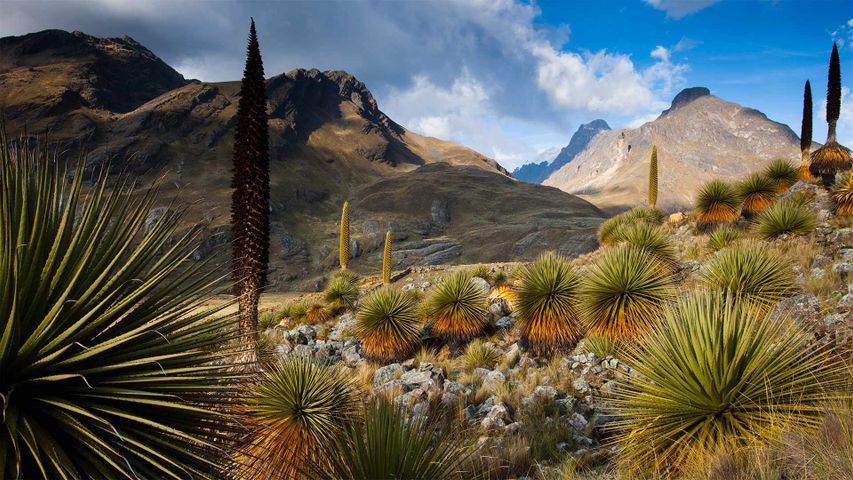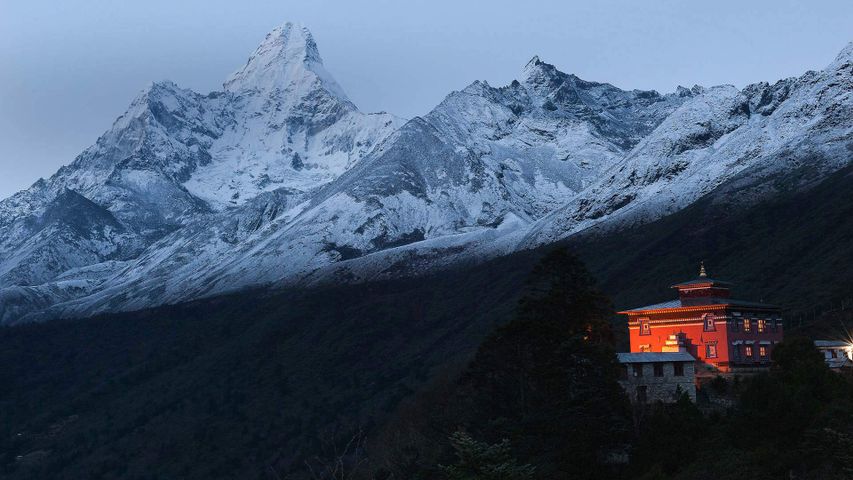Arctic fox, Dovrefjell-Sunndalsfjella National Park, Norway
© Andy Trowbridge/Minden Picture
Info. Arctic fox
We’re visiting Norway’s Dovrefjell–Sunndalsfjella National Park, where this small but mighty Arctic fox is undergoing changes to prepare for the cold, Nordic winter. While animals have many ways to adapt to winter weather, such as migrating, hibernating and growing thick fur, the Arctic fox does none of this. Instead, its thick fur coat changes from brown and grey to a snowy white every autumn. The fox’s fur acts as a camouflage, allowing it to blend in among the rocks and tundra for half of the year and, after turning white, hide in the snow and ice the other half.
The Arctic fox’s rounded ears and short muzzle protect it against frostbite. Even the bottom of the fox's paws are covered in fur, allowing it to stay atop the snow and ice as it walks. This little fox will be able to play, hunt and wander the snowy tundra all winter, even in frigid Arctic temperatures.
Related Images
Bing Today Images

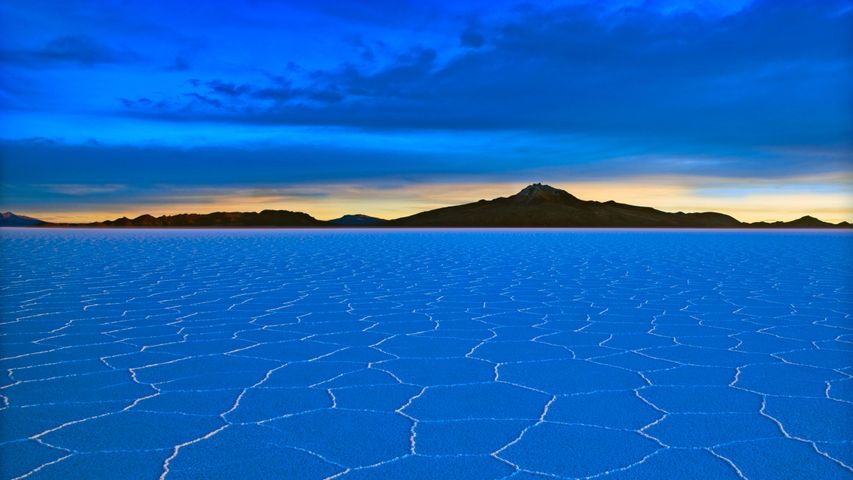

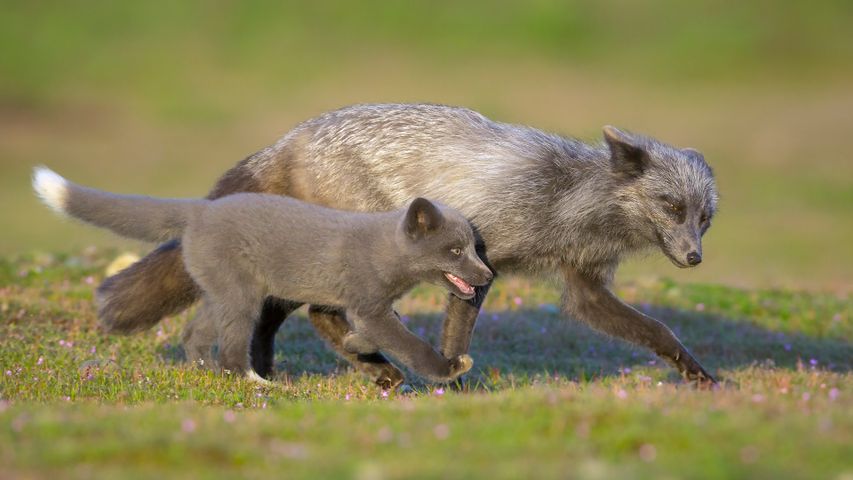 Red fox father and kit, Washington
Red fox father and kit, Washington
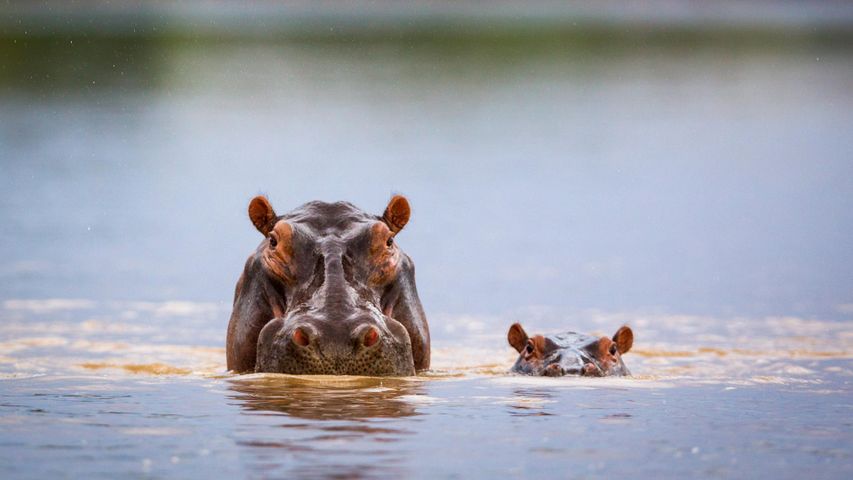 Hippopotamus mother and calf, South Luangwa National Park, Zambia
Hippopotamus mother and calf, South Luangwa National Park, Zambia
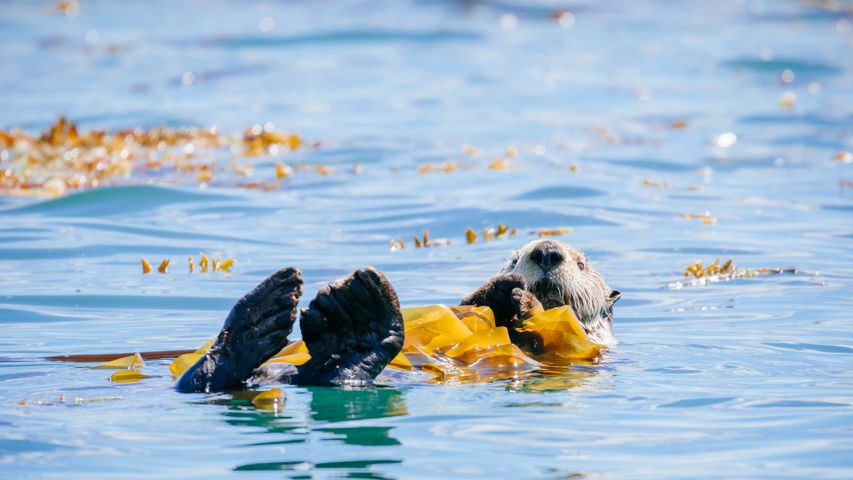 Sea otter in Bartlett Cove, Glacier Bay National Park and Preserve, Alaska
Sea otter in Bartlett Cove, Glacier Bay National Park and Preserve, Alaska
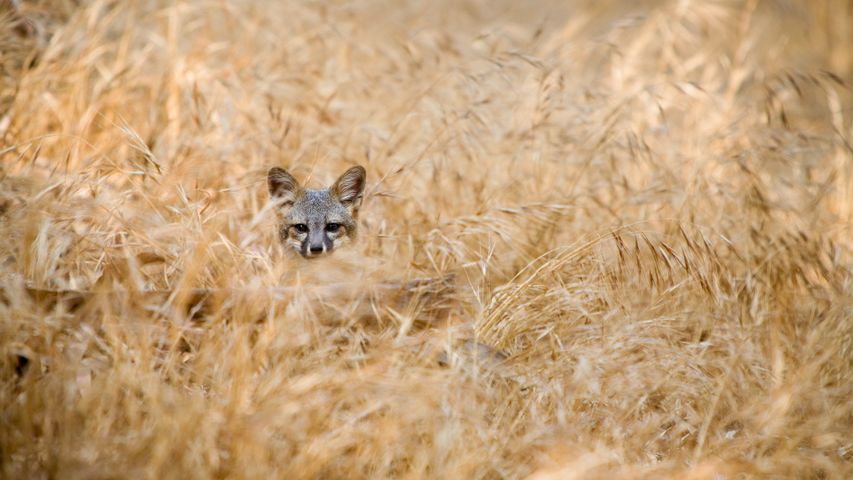 Island fox in Channel Islands National Park, California, USA
Island fox in Channel Islands National Park, California, USA
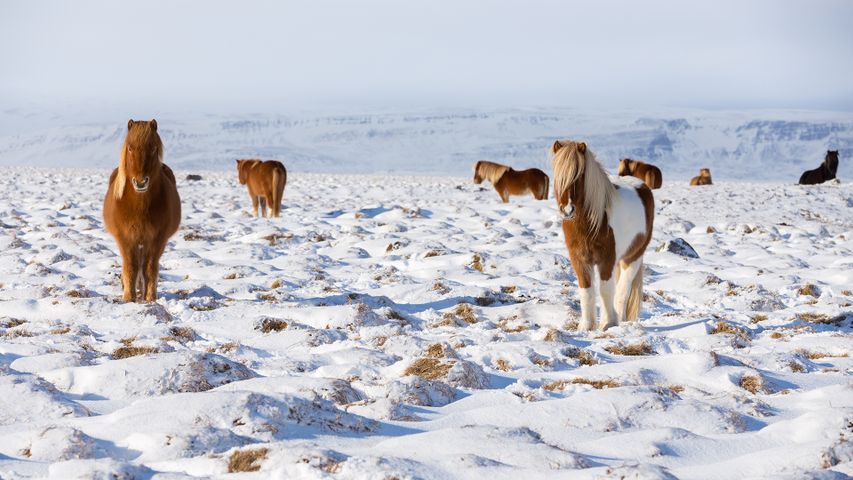 Icelandic horses standing in a field, Iceland
Icelandic horses standing in a field, Iceland
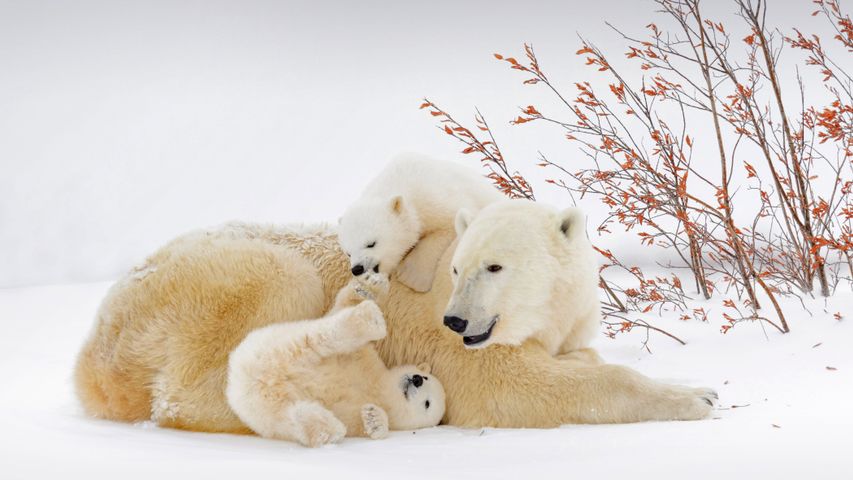 Polar bears, Wapusk National Park, Manitoba, Canada
Polar bears, Wapusk National Park, Manitoba, Canada
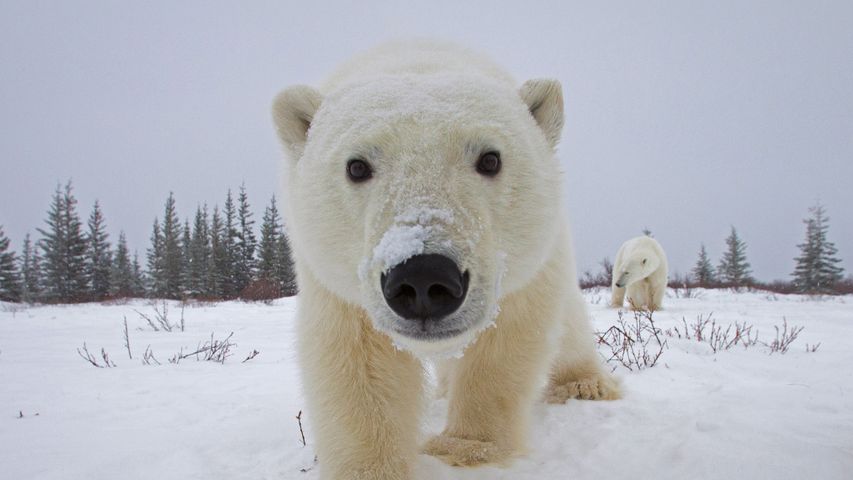 Polar bear, Churchill, Manitoba, Canada
Polar bear, Churchill, Manitoba, Canada
 A group of curious Emperor penguins in Antarctica
A group of curious Emperor penguins in Antarctica

